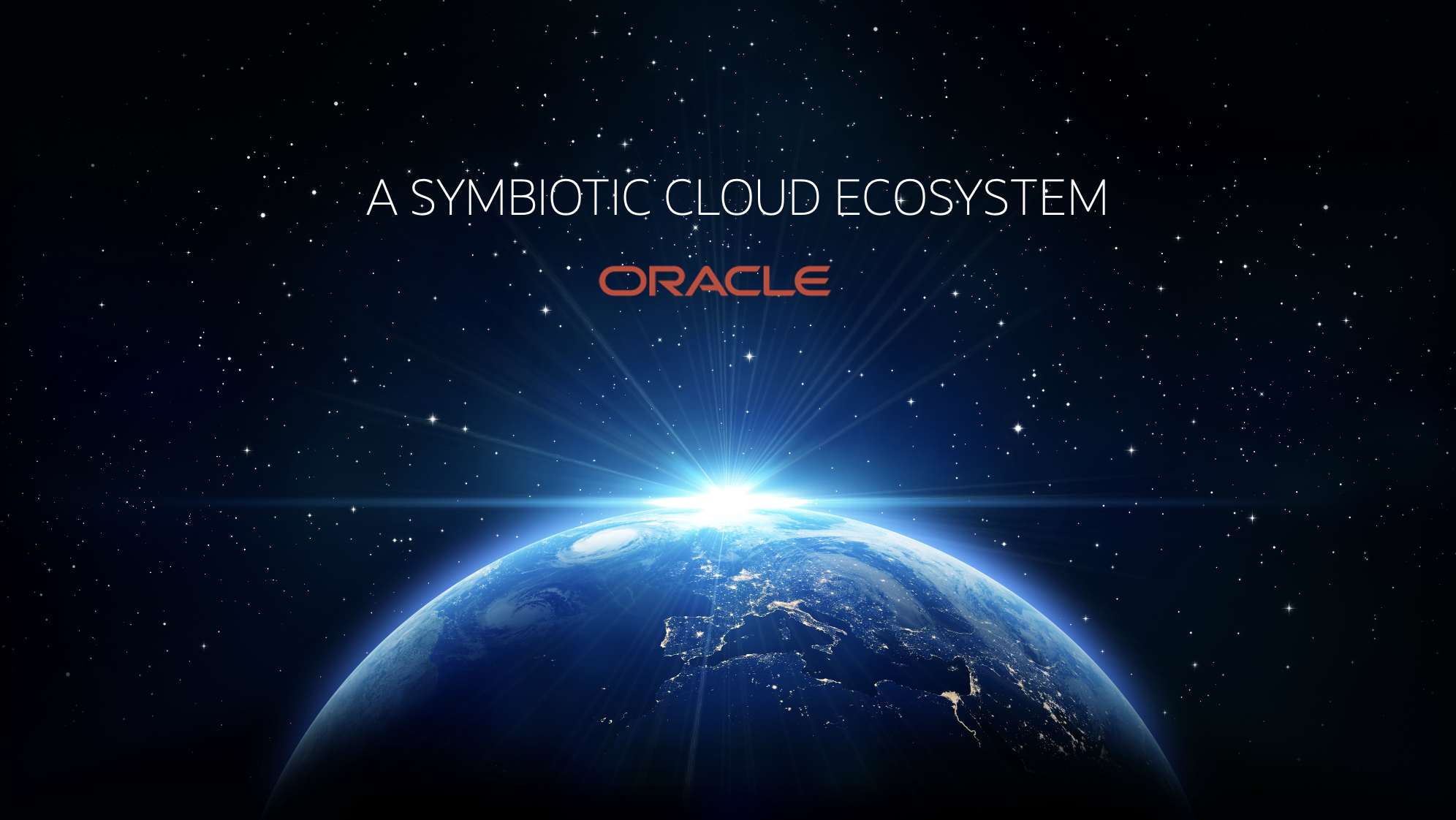
A point of view from Michael Ritchie, group head of media, streaming, and gaming at EMEA, and Ian Broughton, media and streaming director at EMEA.
The battle to secure our screen time is just beginning. The number of streaming services that any given household can subscribe to has a limit. Changing from one provider to another is easy, and it’s happening with both locally and globally focused content providers, fighting for market share. Media and streaming companies need to be future-ready now and are turning to cloud technologies to focus on operational cost efficiencies while improving performance, personalization, and offering a premium experience.
A multipart solution
Accomplishing this goal seamlessly requires a symbiotic multicloud ecosystem that satisfies many different workload requirements. For example, delivering a livestreaming experience for football fans needs subsecond latency infrastructure to ensure that social media feeds don’t spoil the match outcome for those watching 20 seconds behind what’s happening on the field. Video on-demand requires faster access to cheap storage.
A multicloud play is the way to go. More media companies are focusing attention on building a symbiotic multicloud ecosystem to exploit the opportunities that lay ahead, securing their place at the top table as this booming industry continues to surprise us with what’s possible.
A symbiotic multicloud ecosystem strategy has the following focus areas:
- Multicloud, where media companies use the right infrastructure for the right use case
- Specialist offerings that sit on this infrastructure, driving truly differentiated and innovative experiences for end subscribers from independent software vendor (ISV) partners.
According to Gartner, by 2021 over 75% of midsize and large organizations have adopted a multicloud IT strategy. The media and streaming industry has evolved quickly with widespread acceptance of multicloud and most have a clear strategic focus in using it to scale their offerings, while maintaining high performance, which is essential for subscriber experience, especially as service offerings evolve. For cloud architecture, organizations have various requirements around performance, control, security, location, and so on. So, having different options with high performance, low latency, and comprehensive security measures is of paramount importance.
Combine these needs with a plethora of specialist ISV media and streaming capabilities, and organizations can use multicloud to create, package, and deliver spectacular video and audio experiences. It’s a winning formula.
What Oracle Cloud Infrastructure can do for you
Driving more compute, storage, and networking processes to the cloud gives you more flexibility to get the highest-quality content and innovative services to customers. You want services as close to them as possible—at the edge—making them low-latency and accessible anywhere, anytime on any device. Phenix, the real-time streaming technology platform, use Oracle Cloud Infrastructure (OCI) and another hyperscaler in their symbiotic multicloud ecosystem to provide an outstanding live video experience for sports fans. They synchronize streams at ultra-low latency and scale, lowering the expense of delivering data to end users by 70 percent.
If you want to learn more how Oracle Cloud Infrastructure is helping other business like yours, visit our Media and Streaming site.

